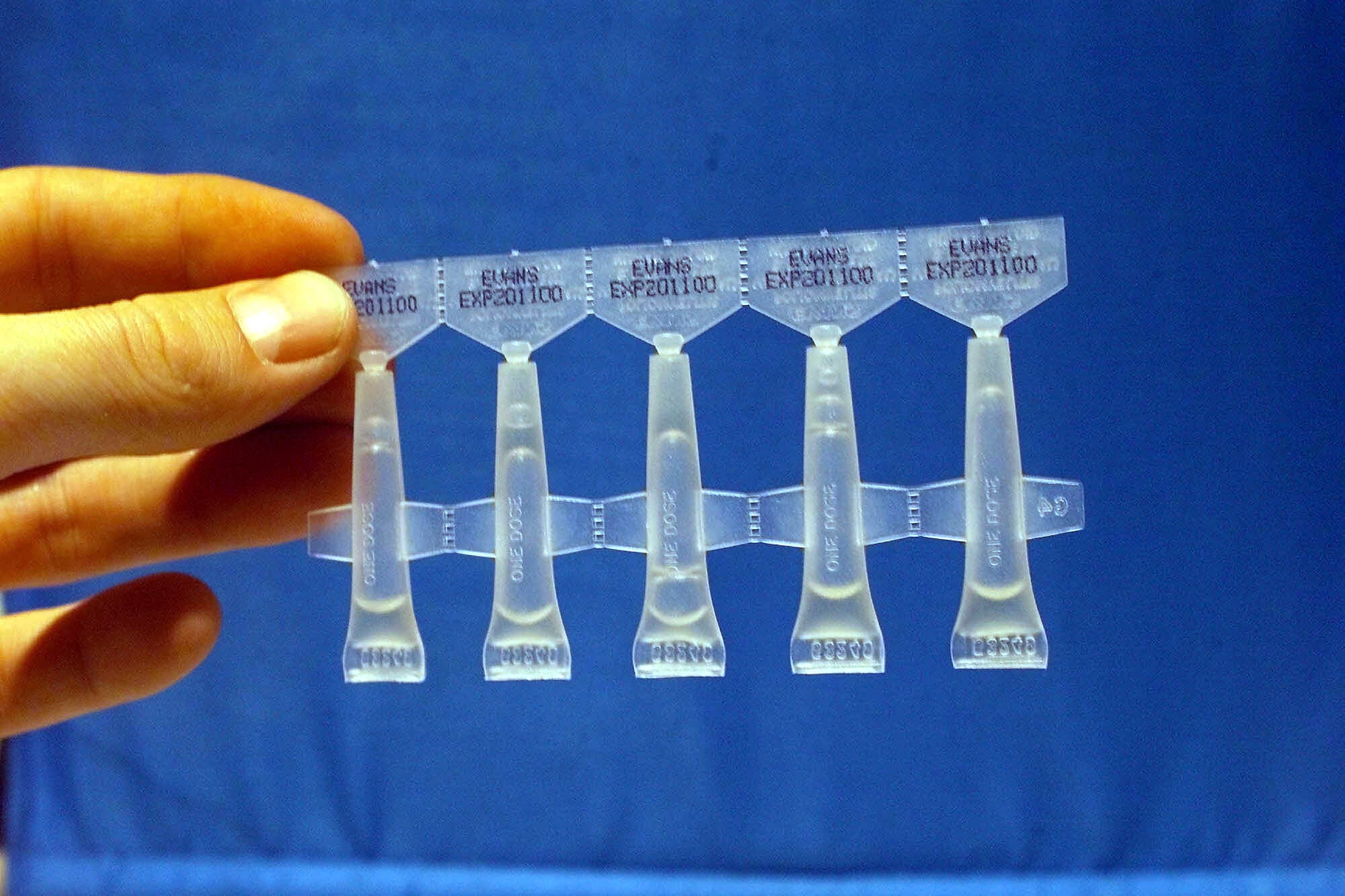Thousands of children unprotected against polio, data shows
Around a third of unprotected five-year-olds are in London.

Thousands of children across England – and particularly in London – are not fully protected against polio, data shows.
Official figures analysed by the PA news agency show that of the 693,928 children in England aged five in 2020/21, some 592,191 (85.3%) had received their polio booster by their fifth birthday while 101,737 (14.7%) had not.
Around a third of all these unprotected five-year-olds were in London (34,105).
The regional percentages of five-year-olds who had not received their booster ranged from 8.4% in north-east England to 27.4% in London.
In south-west England, 10.3% did not get their booster (usually given at the age of three years and four months), and 10.4% of those in eastern England did not.
The figures were 10.8% in Yorkshire and the Humber, 11.4% in the South East and 12.3% in the East Midlands.
Some 13.8% in north-west England also did not get a booster, alongside 15.1% in the West Midlands, according to the data from NHS Digital and the UK Health Security Agency (UKHSA).
Separate UKHSA data shows that of the 625,379 Year 10 children in England in the academic year 2020/21, 502,247 had received the teenage booster (80.3%), while 123,132 (19.7%) had not.
The regional breakdown of those who had not received a teenage booster ranged from 16.1% in south-east England to 23.2% in the South West.
More recent quarterly data, for October to December 2021, shows that nearly a third of children in London had not had a booster by the age of five, while the figure was more than one in 10 across the rest of England.
It should not have come as a surprise that polio vaccine derived viruses have been found in sewage in London
The data comes after people were urged to ensure their polio vaccines are up to date after an outbreak of the virus was detected in UK sewage samples.
Polio was found during routine surveillance of sewage samples collected from the Beckton Sewage Treatment Works, which serves around four million people in north and east London.
Previously, the virus has been picked up when a person vaccinated overseas with the live oral polio vaccine (OPV) returned or travelled to the UK and briefly shed traces of the vaccine-like poliovirus in their faeces.
However, the virus in the recent samples has evolved in England and is now classified as a “vaccine-derived” poliovirus type 2 (VDPV2).
VDPV is a strain of the weakened poliovirus, that was initially included in the oral polio vaccine, which has changed over time and behaves more like the “wild” or naturally-occurring virus.
This means it can be spread more easily to people who are unvaccinated and who come into contact with the faeces or coughs and sneezes of an infected person.
The most likely person to bring the virus would have been a child
The UKHSA is working on the theory that a person vaccinated abroad with the polio vaccine – possibly in Afghanistan, Pakistan or Nigeria – entered the UK early in 2022 and was shedding the virus.
That person has has now passed it on to other, closely linked individuals in north-east London, who in turn are shedding the virus into their faeces.
Experts are looking at the possibility that just one family or extended family may be affected.
The UKHSA stressed that the virus has only been detected in sewage samples and no cases of paralysis have been reported.
It is now investigating the extent of community transmission and has established a “national incident” to check for cases elsewhere.
Professor David Salisbury, chairman of the World Health Organisation Global Commission for Certification of Polio Eradication, said: “It should not have come as a surprise that polio vaccine-derived viruses have been found in sewage in London.
“The most likely person to bring the virus would have been a child.
“The genetic changes in the virus imply that it has circulated amongst individuals, including possibly those who have been vaccinated with inactivated polio vaccine (IPV) as has been used for almost 20 years in the UK immunisation programme.”
Most people who get polio do not have symptoms but some suffer mild, flu-like issues such as a high temperature, extreme tiredness, headaches, vomiting, a stiff neck and muscle pain.
In one in 100 to one in 1,000 infections, the polio virus attacks the nerves in the spine and base of the brain and can cause paralysis.
Bookmark popover
Removed from bookmarks